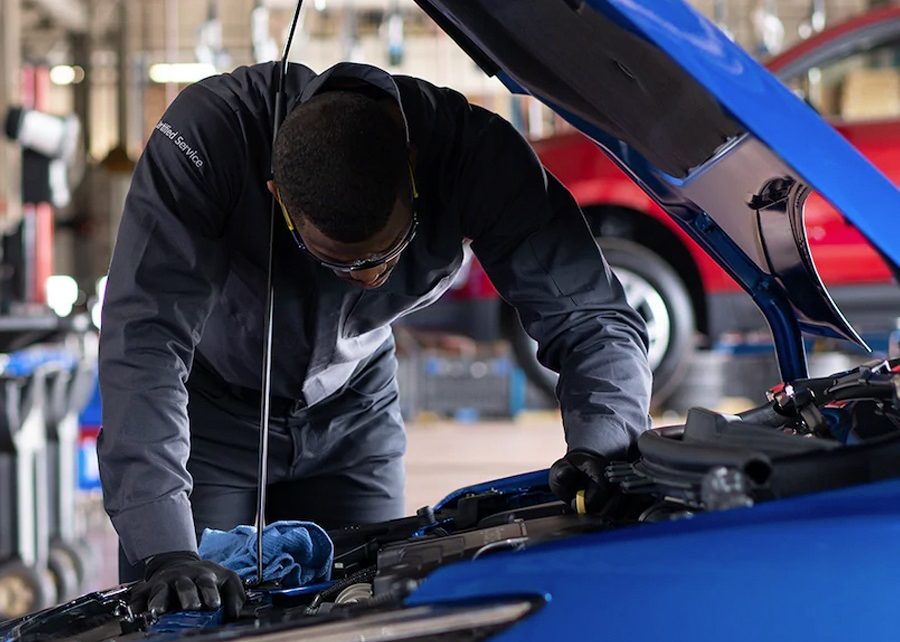Headlight fogging and moisture buildup are common issues that can impair visibility and reduce the lifespan of your car’s lighting system. One often overlooked solution lies in an essential design feature: headlight ventilation. Proper ventilation in headlight assemblies plays a vital role in maintaining clear lenses and preventing internal damage. Let’s explore why ventilation matters and how it contributes to the overall performance of your vehicle’s headlights.
How Headlight Ventilation Works
Modern car headlights are designed as sealed units but include small ventilation holes or membranes to allow air to circulate inside. These vents equalize the pressure between the inside of the headlight and the external environment, especially during temperature changes. When your headlights heat up during use and then cool down rapidly, pressure differences can cause moisture to be drawn inside the housing. Ventilation prevents this by allowing air—and not water—to flow in and out, keeping internal humidity levels in check.
Preventing Foggy and Moisture-Filled Lenses
One of the most visible signs of poor headlight ventilation is lens fogging or condensation inside the housing. This occurs when warm, moist air gets trapped and condenses on the cooler inner surface of the lens. Fogged headlights not only reduce light output but can also distort the beam pattern, making night driving more dangerous. Proper ventilation helps regulate temperature and humidity, preventing the conditions that lead to condensation buildup. Going for the Auto Repair in St. Louis, MO based service would be perfect with the car headlight repair.
Protecting Headlight Components from Damage
Excess moisture inside a headlight doesn’t just affect visibility—it can also damage internal components. Moisture can lead to corrosion on reflective surfaces, short-circuit LED or halogen bulbs, and degrade seals and adhesives. Over time, this can cause flickering, complete failure, or costly repairs. Effective ventilation keeps internal components dry and functioning properly, extending the life of the headlight unit and preserving its performance.
Signs of Poor Ventilation and What to Do
If you frequently notice foggy headlights or moisture droplets that don’t go away after a drive, your headlight ventilation system may be clogged or damaged. Debris, dust, and insects can block the tiny vent holes, or the membranes can become ineffective with age. A technician can inspect and clean the vents, or in some cases, replace them. Regular headlight checks during routine vehicle servicing can catch these issues early before they lead to more serious problems.
The Importance of Professional Attention
While some headlight condensation can be normal and temporary, persistent moisture should not be ignored. Professionals have the tools and experience to determine whether the issue is due to a faulty seal, poor ventilation, or a crack in the housing. They can restore or replace affected parts and ensure your headlights are breathing properly. Properly ventilated headlights mean safer driving, reduced maintenance costs, and longer-lasting components.
Conclusion
Car headlight ventilation is a small but vital feature that protects your lights from fogging, water damage, and internal failure. Paying attention to this system helps maintain clarity and performance, keeping you safe and your headlights shining brightly.




